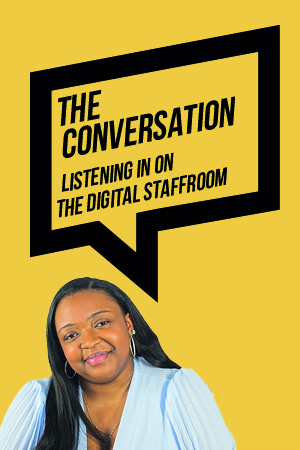Publisher
John Catt Educational
ISBN 10
1913622924
Published
13 Dec 2021
Ask any number of educators what they think school leadership is and you will get the same number of answers. We grasp that it involves a complex coil of character, competency and technique, but our own preferences shape our understanding to the point that the concept can become totally subjective. Needless to say, this is not helpful if we want to support leaders to grow and develop.
Unlike teaching, which is equally complex, little attention has been paid to creating a framework for understanding school leadership and parsing out the basics of the craft. There are some, and they are useful, but in my experience as a fledgling senior leader they struggle to encapsulate its essence, its form and how it ought to be done in one cohesive framework. Some claim that following simple steps and processes will bring success. Others that filling up on knowledge will see us right. As good and probably true as these claims might be, they do not grasp leadership’s complexity. But perhaps I’m expecting too much.
Stephen Tierney has clearly noted this gap, and this book is his attempt to fill it. He argues that leadership is about who we are, what we know and as a result, what we do. For him, leaders’ habitual acts, processes, decisions and knowledge are important but only partial to understanding their leadership, which stems from who they are.
Tierney describes his framework as the trivium (or ‘three ways’ of leadership): being, knowing and doing. Elucidating eight basic elements, he links half to doing, and half to being and knowing, implicitly emphasising that what we see leaders do is merely the tip of the leadership iceberg.
Conversely, Tierney argues the literature that has been influencing school leadership has been a little too focused on getting the thinking right, rather than the doing. This disconnect between theory and praxis sees the profession overly focused on numbers, spreadsheets, quick fixes and frenetic action rather than acting on purpose and reflection.
Tierney the author has abstracted a step too far from Tierney the leader
This shift is a crucial strength of this book. I find myself reading in two silos when it comes to developing my leadership: self-improvement books to get my private, inner life right; and capital ‘L’ leadership books to get the ‘doing’ right. This forces me into falsely dichotomising inner/outer, private/public, personal/professional. By contrast, Tierney’s premise reconciles these dualisms by reminding us that people feel, see and hear who we are first before encountering our strategies, development plans and training.
And not only is it cohesive and fully appreciative of the complex reality of the job, it’s beautifully described too. Simply put, good leaders don’t hide who they are but set out to be the best versions of themselves and inspire others to do the same.
But it’s these beautiful descriptions that lead me to my one criticism of this book. Well, it’s more of a wish than a criticism, really. Tierney is a role model to many. I have followed his work closely for years, read most of his blogs, heard him speak on podcasts. Without doubt, I hold him up as the kind of leader I want to emulate in my career. So I loved reading his explanation of how he has applied the elements he sets out here in his own work.
But after each story recounted, each strategy described, each nugget of knowledge shared, I was left wishing he’d said more about what it meant for him, that he’d shared his principles and his ‘moral of the story’. I hoped this book would relate not just the stories of his leadership descriptively, but what he learned from them reflectively.
Reflecting on that myself, it feels like an inconsistency at the heart of this book: Tierney the author has abstracted a step too far from Tierney the leader. And it’s a shame, because for me and many of his readers, he is the very inspirational leader he urges us to become, but it feels like who he is remains hidden from us.
Like I said, perhaps I’m expecting too much. Or perhaps a more autobiographical slant is for his next instalment. Here’s hoping.













Your thoughts